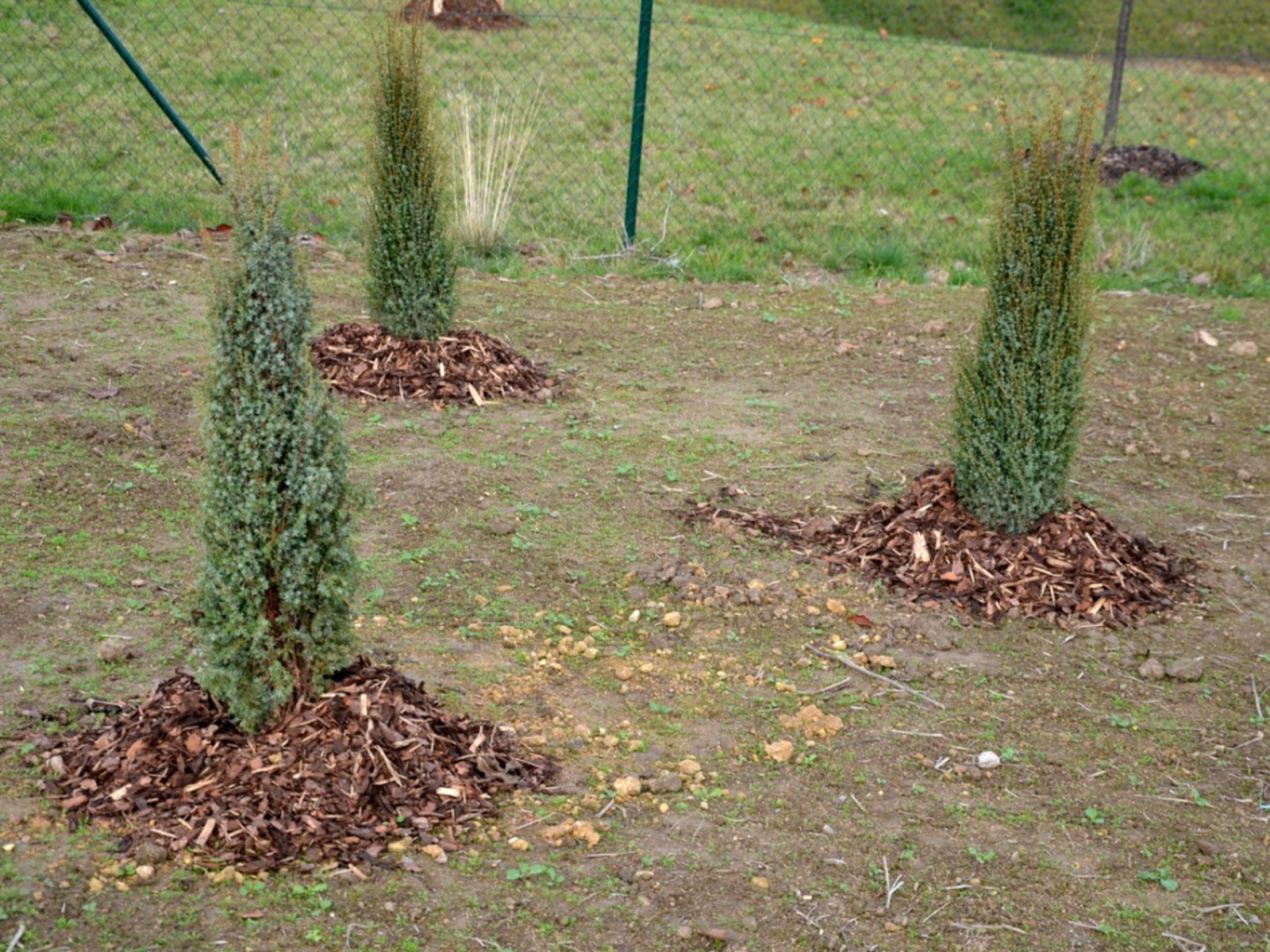Skyrocket Juniper Plants: Learn How To Grow A Skyrocket Juniper Bush


Skyrocket juniper (Juniperus scopulorum 'Skyrocket') is a cultivar of a protected species. According to Skyrocket juniper info, the plant's parent is found wild in the Rocky Mountains of North America in dry, rocky soils. The cultivar is widely available and makes a lovely focal point in the landscape. The vertical, tidy growth is a hallmark of the plant, and its aromatic leaves add to its appeal. Learn some tips on how to grow a Skyrocket juniper and enjoy its rocketing growth and elegant foliage.
Skyrocket Juniper Info
If you enjoy evergreen trees, Skyrocket juniper plants may be the right fit for your garden. These cultivars are narrow columnar trees that may approach 15 to 20 feet (5-6 m.) in height with a 3 to 12 foot (1-4 m.) spread. The natural growth pattern is part of the plant's charm, and its ease of care adds to the allure. This slow growing plant takes up to 50 years to reach maturity, which means it can be used in a large container for many years before it must go in ground. The juniper "Skyrocket" is probably the narrowest juniper variety available. The foliage is bluish green, scale-like, and aromatic when crushed. Like most junipers, it develops tiny, rounded, bluish gray cones that resemble berries. These can take up to two years to fully mature. Even the bark is attractive. It is reddish brown and has an interesting shredding appearance. In the landscape, Skyrocket juniper plants make a beautiful informal screen when planted en masse. They are also useful as specimen plants and their non-invasive roots mean they can even be used as foundation plantings. Many gardeners are even growing Skyrocket juniper as part of a mixed container display.
How to Grow a Skyrocket Juniper
In commercial settings, juniper "Skyrocket" is propagated with semi-hardwood cuttings. The plant is tolerant of both full and partial sun locations. Soil may be any pH, clay, sand, loam, or even chalky. The biggest requirement is a well-draining location, but the plant also does poorly in high humidity. It is suitable for USDA zones 3 to 8. This is an easily transplanted tree that can grow for years in a container and then be moved to a garden bed. Any new plant will need regular watering, but after establishment, this juniper can tolerate brief periods of drought. The fruit can be considered a moderate litter nuisance, but foliage does not produce much mess. Junipers rarely need pruning. Limit trims to removal of dead or damaged wood. Use gloves, as some people are very sensitive to the plant's sap and oil. The major disease to watch for when growing Skyrocket juniper is canker, although juniper blight may also occur. Skyrocket may also serve as a host for cedar-apple rust. Few pests attack junipers, probably due to the highly scented oils. Juniper scale, some caterpillars, and occasionally aphids may cause minimal damage. For the most part, this is a low maintenance, easy-care plant with a host of landscape applications and years of regal beauty in the garden.
Sign up for the Gardening Know How newsletter today and receive a free copy of our e-book "How to Grow Delicious Tomatoes".

Bonnie Grant is a professional landscaper with a Certification in Urban Gardening. She has been gardening and writing for 15 years. A former professional chef, she has a passion for edible landscaping.